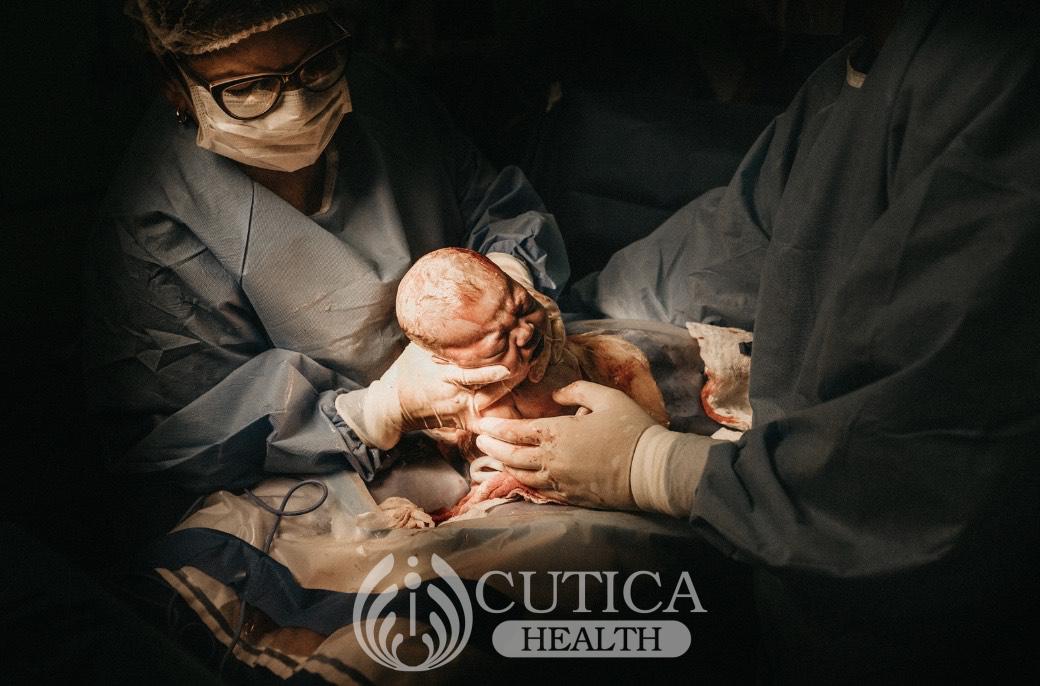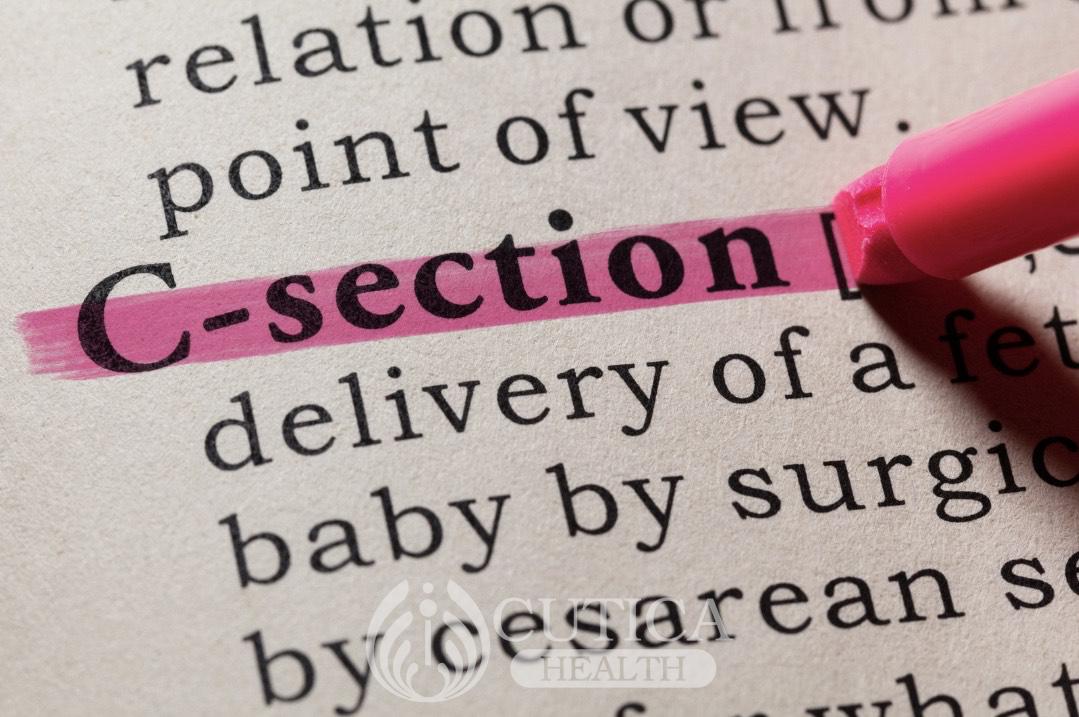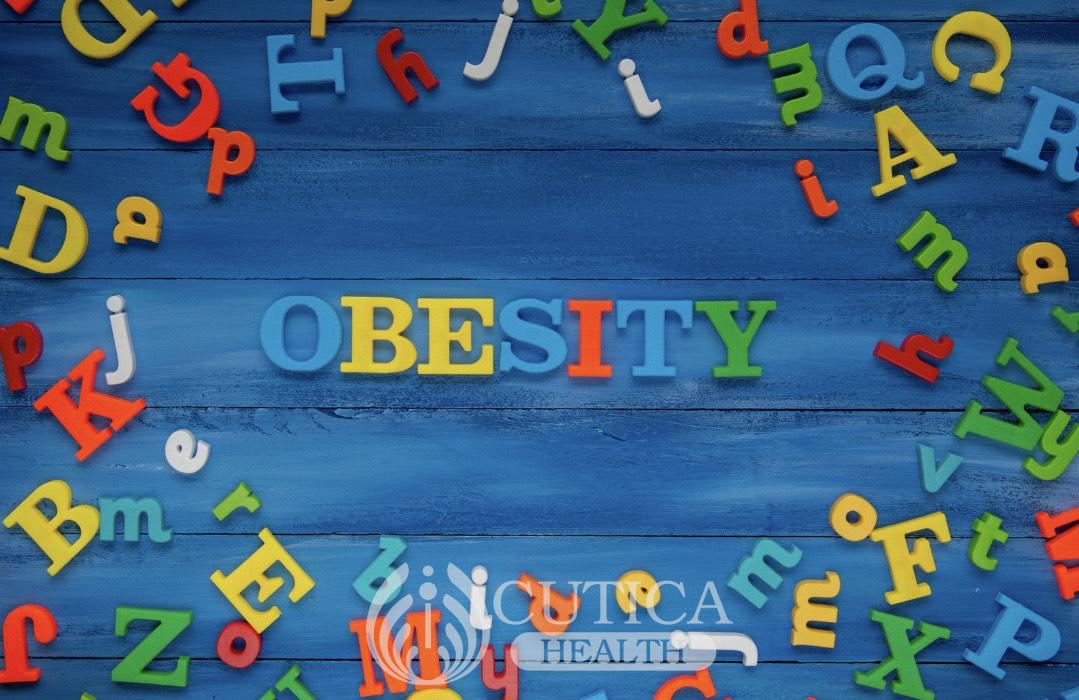
Hey, mama Dele! So long! From our last discussion, you are seven weeks past your delivery date. What are your doctors doing about this? Well, the doctor said my baby is postmature and is at risk of several medical problems. He recommends a Caesarean section, but I rejected the idea; I believe that every strong woman should deliver by herself, not through some surgeon’s knife” mama Dele quipped.
Named after the legendary Julius Caesar, who was famed for having been born through a Caesarean section, this procedure dates back to ancient Roman Empire times and has stayed with us ever since. They originally aimed it to save a baby from the womb of a mother who dies during childbirth. The first recorded case of a mother-survivor of the Cesarean section (or C-section) was in the late 16th century.
Many myths and misconceptions plague the Cesarean section. Influenced by myths and misconceptions, a good deal of avoidable childbirth-related deaths is being recorded in Nigeria where close to 60,000 women die in childbirth every year?

What then are these myths and facts about Cesarean section?
Myth: vaginal birth reveals your womanhood while Cesarean section isn’t natural.
Fact: Cesarean section isn’t any less natural than a vaginal birth. It is simply an intervention to save the life of a precious gift you’ve been expecting for nine months. If a quick intervention could save this gift, why not?!
Myth: Women who undergo a Cesarean section have a better sex life after delivery.
Fact: contrary to this popular misconception, overall sex drive and desire for sexual activity are similar among women, irrespective of type of delivery. It takes a little while to get back into the “mood” with any type of delivery—be it Caesarean or vaginal.

Myth: a Cesarean section may damage me irreparably!
Fact: it is entirely natural to have safety concerns even about the most minor surgeries. And, yes: a Cesarean section is riskier to the mother and baby than vaginal delivery. But you don’t have to go for it, except you really need it. For saving you or your baby alive, though, the benefits outweigh the risks.
Myth: After one C-section, subsequent births will be by C-section
Fact: Not in all cases. Sometimes, the reason for your first C-section may not recur; for example, you may not have a prolonged labor or your unborn baby may not need emergency delivery in your subsequent pregnancy, so it is safe for doctors to attempt a vaginal delivery, as long as it’s been at least 18 months since the cesarean section.
Doctors only recommend cesarean section for your subsequent delivery if the reason for your first cesarean section recurs, such as a narrow pelvis, or if you have had more than one cesarean section in the past.
Myth: “after my Caesarean section, I will be bedridden for hours unending.
Fact: again, this is incorrect. To reduce the risk of complications, such as blood clot in your legs, doctors recommend you try to get up as soon as you can after a Caesarean section, but please get help to do so. This will also help you get going again.

Take-home message: though an age-long procedure plagued by myths and misconceptions, the C-section remains a life-saving procedure whose benefits outweigh the risks in many cases.












